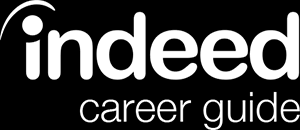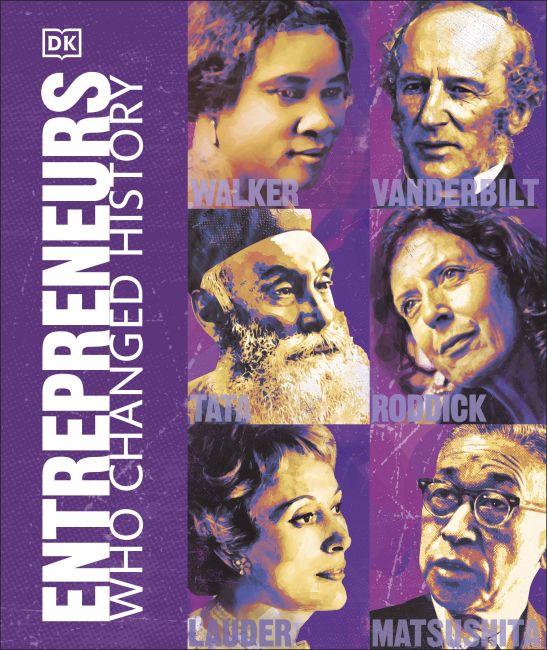
|
* Review and document how processes currently work * Why do you think there's a problem (identify potential causes: who, what, why, where, how) * State the problem as clearly as possible
|
Business Problem Statement Example Problem Statement: Intensive manual processing due to physical handling of paperwork. Description: Annual leave forms are typically filled out by the Employee, printed, sent to the Manager/Delegate for approval, sent to Human Resources for verification and data entry, scanned and uploaded to the EDRMS, and then sent to Payroll for (re) data entry. Risk: This highly manual scenario leads to ‘bottlenecks’ in service delivery and promotes the risk of poor organisational response to business and lost time that should be spent carrying out core business.
|
|
* Get input from people who are affected by the problem * Write down opinions and observations of people affected by the problem * Consider all potential causes of the problem: competition, business model, market factors, team performance, etc. * If needed, conduct a SWOT analysis (Strengths, Weaknesses, Opportunities, Threats) * Employ research tools, such as information sources, databases, surveys, and interviews for fact finding, data gathering and analysis, etc. |
Example of a SWOT ANALYSIS
SOURCE: Cisco Systems, Inc. SWOT Analysis; Date: October 26, 2020 |
||||||||
| SOME FRAMEWORKS TO HELP YOU ANALYZE THE PROBLEM | |||||||||
|
Porter's Five Forces
The 3 Cs
|
The 4 Ps
SWOT
SOURCE and for additional information on analysis frameworks and more, please go to: STREETOFWALLS |
||||||||
|
Postpone the selection of one solution until several problem-solving alternatives have been proposed. Considering multiple alternatives can significantly enhance the value of your ideal solution. Once you have decided on the "what should be" model, this target standard becomes the basis for developing a road map for investigating alternatives. Brainstorming and team problem-solving techniques are both useful tools in this stage of problem solving. Many alternative solutions to the problem should be generated before final evaluation. A common mistake in problem solving is that alternatives are evaluated as they are proposed, so the first acceptable solution is chosen, even if it’s not the best fit. If we focus on trying to get the results we want, we miss the potential for learning something new that will allow for real improvement in the problem-solving process. |
Characteristics of Good AlternativesValue-Focused -- meaning that they are explicitly designed to address the fundamental values or ends of the decision – the “things that matter” or “felt needs”, as defined by the objectives and the evaluation criteria; Technically Sound -- meaning that in developing alternatives for achieving the objectives, the project team has drawn on the best available information about cause and effect relationships and has designed creative and diverse alternatives based on sound analysis; Clearly and Consistently Defined -- meaning that all alternatives are defined to a sufficient and consistent level of detail using logically consistent assumptions, and that a base case against which all alternatives can be compared has been clearly established; Small in number and high in quality -- meaning that poor (dominated) alternatives have been eliminated and those remaining have been iteratively refined to incorporate new ideas and joint gains; Comprehensive and mutually exclusive -- meaning that individual elements or components of a strategy are combined into complete packages, and that the packages are directly comparable; Able to expose fundamental trade-offs -- meaning that they emphasize rather than hide difficult but unavoidable value-based trade-offs and present real choices for decision makers; Developed collaboratively with the people most affected -- because difficult trade-offs are easier to make and to accept when people believe that a thorough search for good alternatives has been conducted and that the best alternatives are on the table. |
|
THE KEY QUESTIONS TO ASK BEFORE DECIDING ON A SOLUTION TO IMPLEMENT
It goes without saying that some of these questions may not be applicable to every type of solution you’re considering and should be therefore be used as a generic guide.
|
|
|
How will you know your problem is solved? And not just the symptom -- how will you know when you've addressed the underlying issues? Before you dive into enacting the solution, make sure you know what success looks like. Decide on a few key performance indicators. Take a baseline measurement, and set a goal and a timeframe. You're essentially translating your solution into a plan, complete with milestones and goals. Without these, you've simply made a blind decision, with no way to track success. You need those goals and milestones to make your plan real. The key to effective problem-solving in business is the ability to adapt. You can waste a lot of resources on staying the wrong course for too long. So make a plan to reduce your risk now. Think about what you'd do if you were faced with a problem large enough to sink your business. Be as proactive as you be.
|
10 CRITERIA TO CONSIDER WHEN DESIGNINGKEY PERFORMANCE MEASURESConsider this list of criteria when building out your key business performance measurement systems:
|
|
"W |
|
| CRITERIA FOR EVALUATING A CREATIVE SOLUTION | |
|
SUCCESSFUL
EFFICIENT
|
NEW
COHERENT
|

| HELPFUL RESOURCES | |
|
DATABASES_________________ TO FIND SAMPLE SWOT ANALYSES, AND COMPETITIVE INFORMATION ON COMPANIES AND PRODUCTS
TO FIND INFORMATION ON MARKETS AND INDUSTRIES
TO FIND DEMOGRAPHIC INFORMATION
TO FIND ARTICLES ON HUMAN RESOURCES, MANAGEMENT, MARKETING, AND MORE
TO FIND GLOBAL INFORMATION E
TRAINING VIDEO___________
SURVEY TOOLS____________ FOR REVIEWS ON FEE-BASED AND FREE SURVEYS
|
BOOKS _________________
ISBN: 9780744036138 Whether titans of industry, influential business leaders, or creators of history's most recognizable brands, these entrepreneurs had the vision, innovation, and ruthless determination to make their marks on our society in indelible ways.
ISBN: 9780393652376 Publication Date: 2018-05-08 This updated edition of the international bestseller distills into a single volume the fifty best decision-making models used in MBA courses, and elsewhere, that will help you tackle these important questions. In minutes you can become conversant with: The Long Tail * The Maslow Pyramids * SWOT Analysis * The Rubber Band Model * The Prisoner's Dilemma * Cognitive Dissonance * The Eisenhower Matrix * Conflict Resolution * Flow * The Personal Potential Trap * and many more. Stylish and compact, this little book is a powerful asset.
ISBN: 9781633699878 Collect data and build trust. With the rise of data science and machine learning, companies are awash in customer data and powerful new ways to gain insight from that data. Customer Data and Privacy: The Insights You Need from Harvard Business Review brings you today's most essential thinking on customer data and privacy to help you understand the tangled interdependencies and complexities of this evolving issue. The lessons in this book will help you develop strategies that allow your company to be a good steward, collecting, using, and storing customer data responsibly.
WEBSITES_________________
SIX PROBLEM-SOLVING MINDSETS FOR VERY UNCERTAIN TIMES
PROBLEM SOLVING AND DECISION MAKING (SOLVING PROBLEMS AND MAKING DECISIONS)
ARE YOU SOLVING THE RIGHT PROBLEMS?
|







 Customer data and privacy [electronic resource] : The insights you need from harvard business review. by Harvard Business Review
Customer data and privacy [electronic resource] : The insights you need from harvard business review. by Harvard Business Review 



